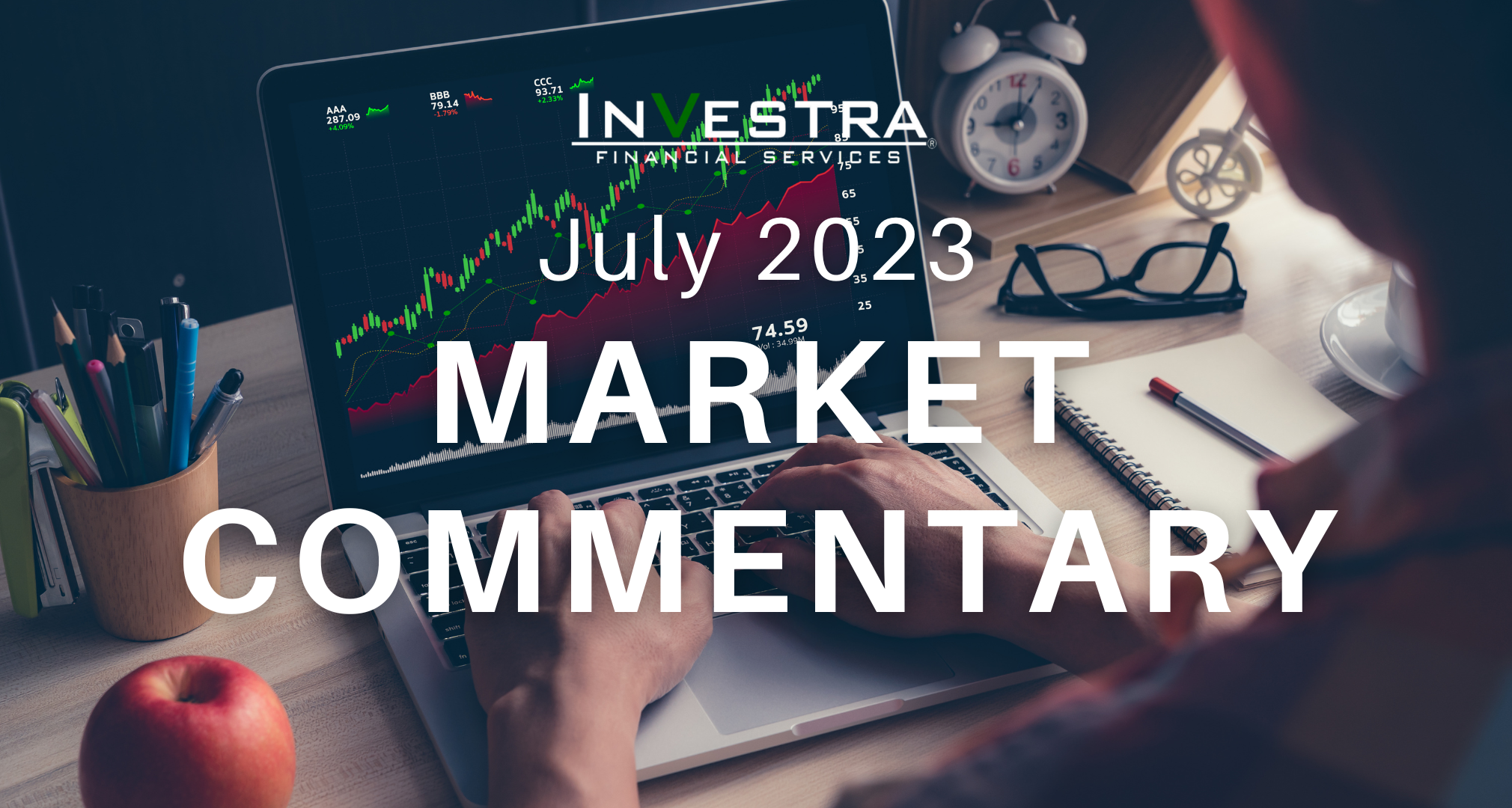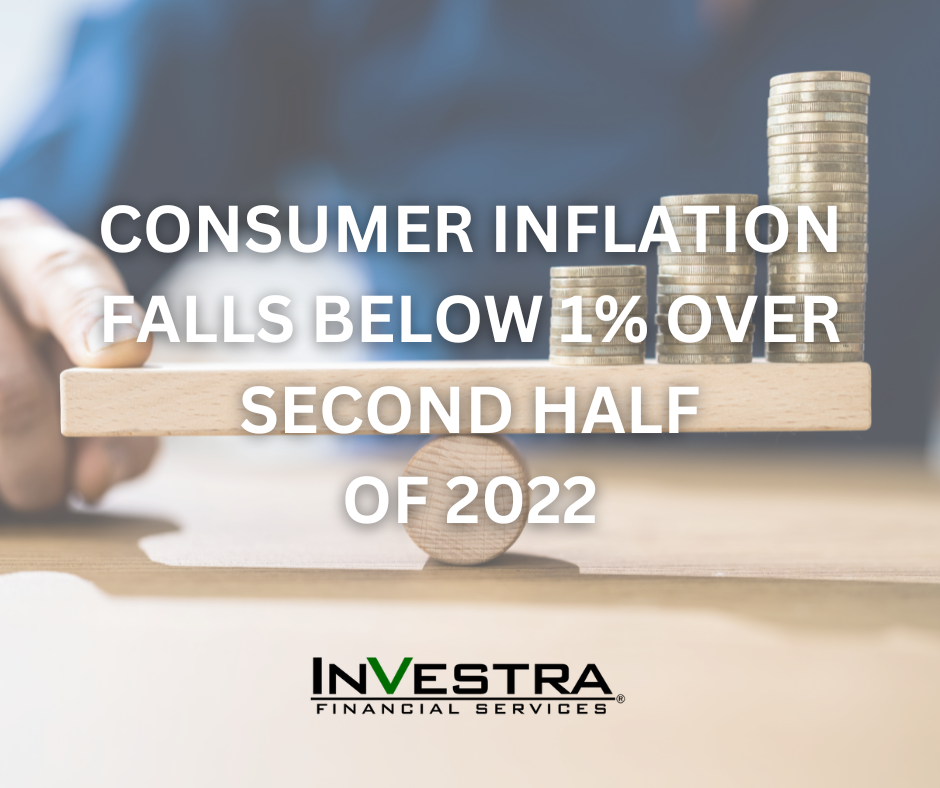Daily Insights
China may weaponize rare earths. Reports from Chinese media suggest China may be considering weaponizing rare earths as a retaliatory measure in the U.S.-China trade dispute. Commentary in Chinese media included a Chinese phrase translating to “don’t say we didn’t warn you,” which is significant because it was used before the China-India and China-Vietnam conflicts. These threats have been lingering for a while, though, and there are ways that restricting rare earth exports could backfire on China. Overall, we still remain optimistic that a trade agreement will come soon, even if the talks hit speedbumps along the way.
Upbeat consumer confidence. The Conference Board’s Consumer Confidence Index rose to 134.1 in May (according to preliminary data), beating consensus estimates of 130. May’s rise in consumer confidence is closing in on the gauge’s 18-year high recorded in October. However, the cutoff date for this month’s preliminary data was May 16, so the data likely didn’t capture much of the fallout after the latest flare-up in U.S.-China trade tensions. Overall, a tight labor market, low unemployment, and healthy wage growth have helped support higher consumer confidence. Trade tensions, though, remain the primary threat to sentiment.
5% pullback coming soon? As of last night, the S&P 500 Indexwas down 4.9% from the peak on April 30, 2019. It is important to put things in perspective, as the S&P 500 gained more than 25% from the December lows in very quick fashion. Some type of pullback or correction would be perfectly normal after a move like that. Since 1990, the S&P 500 has averaged more than three separate 5% pullbacks per year. Pullbacks are a normal part of investing, which we discussed more in detail here.
Slowing, but growing. Leading indicators are slowing, but still growing. The Conference Board’s Leading Economic Index (LEI), which is one of our Five Forecasters, rose 2.7% year over year in April. However, we’re monitoring the LEI more closely these days, as April’s reading was the slowest year-over-year growth since February 2017. On the LPL Research blog later today, we’ll dig into the reasons behind the LEI’s recent slowing, and why we think leading indicators point to more economic gains ahead.





